Research
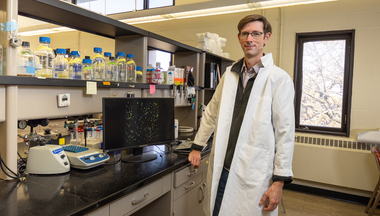
|
Helpful neighbors make antibiotic persistent bacteriaFor bacteria, neighboring species may be key to surviving antibiotics |
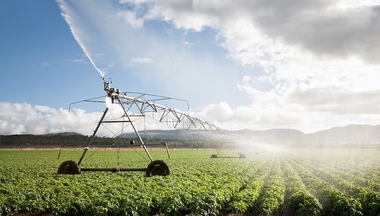
|
Research brief: Sweeping global study charts a path forward for climate-resilient agricultureResearchers take deep look at relationship between agriculture and climate |
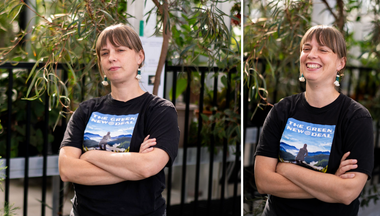
|
Seriously fun scienceSasha Wright brings sense of whimsy to innovative research as a new faculty member in the Department of Ecology, Evolution, and Behavior. |
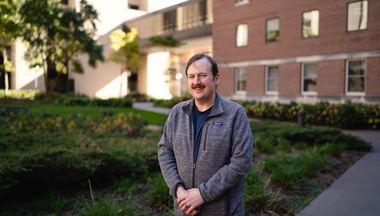
|
Beyond the blueprintAaron Engelhart receives a National Science Foundation CAREER Award in support of his work on nucleic acids. |

|
Boosting immune function for older adultsResearchers discover a breakthrough immunotherapy to reinvigorate aging immune systems. |
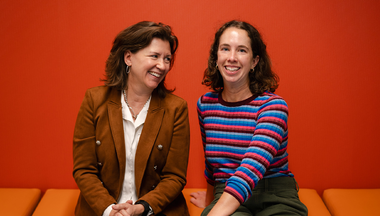
|
The role genes play in mother’s milk and baby’s healthNew research shines light on genetic basis of human milk composition and how that influences infants. |

|
Science fiction to science factGraduate student and recent NASA FINESST grant recipient Peter Winslow explores the possibility of extraterrestrial life. |

|
Resilient crops on demandA gene-editing discovery will expedite the breeding of climate-adapted plants. |

|
Setting graduate students up for successBiology Teaching and Learning researchers receive nearly $1M to study the ways how graduate program structures impact student success. |
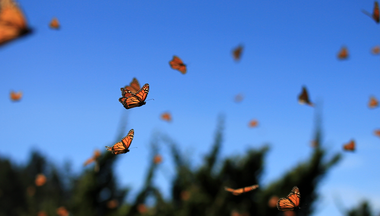
|
Are roadsides safe for monarchs?When it comes to road salts, monarchs have nothing to worry about. |